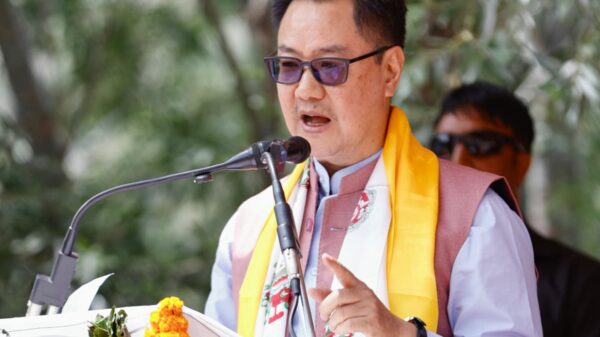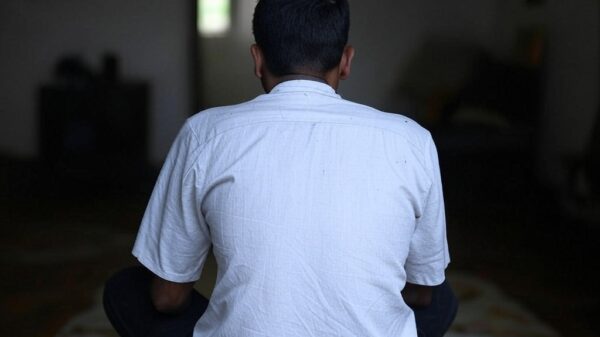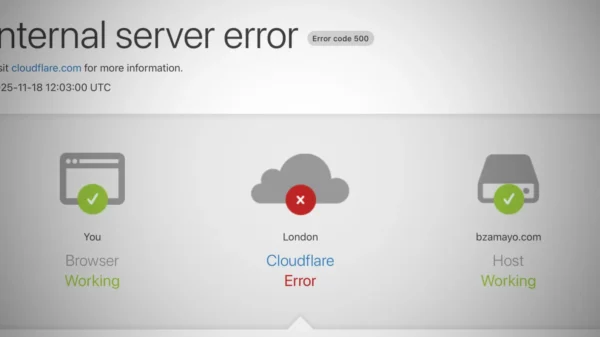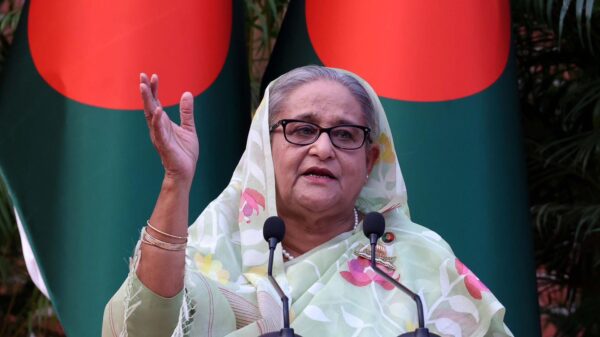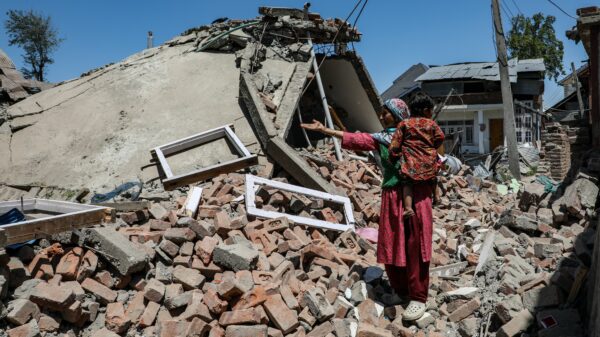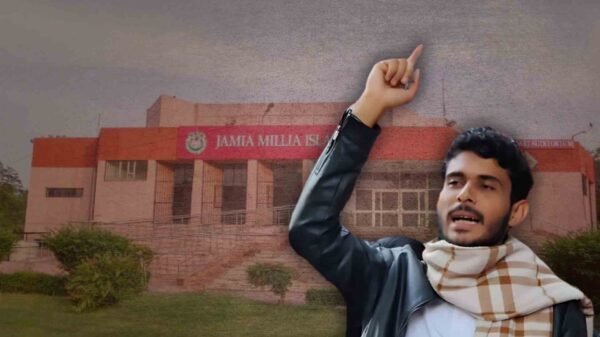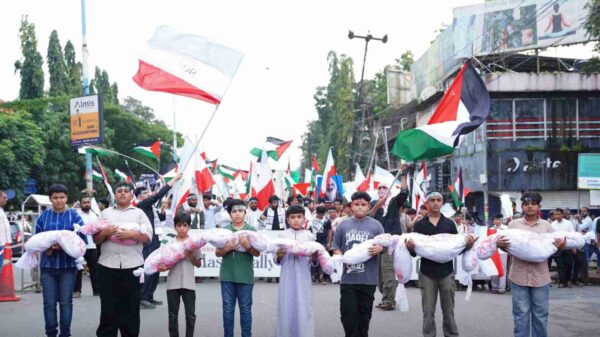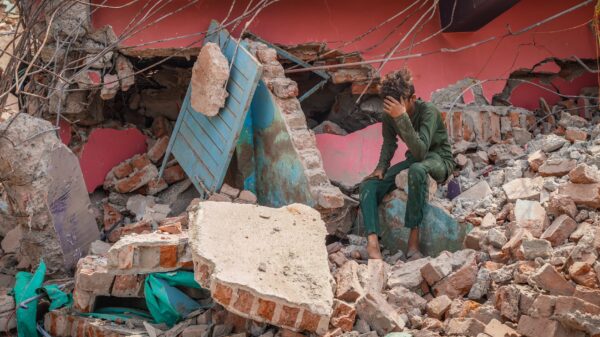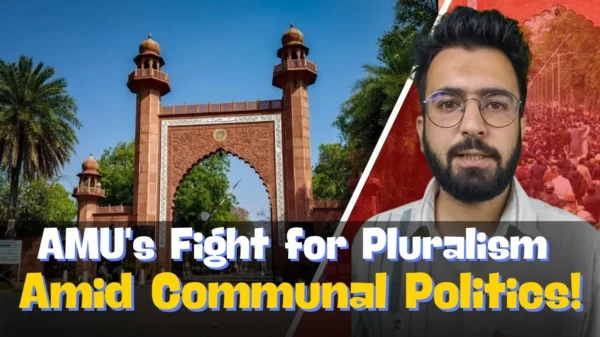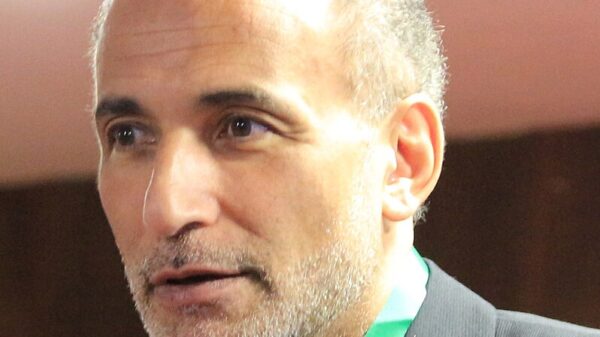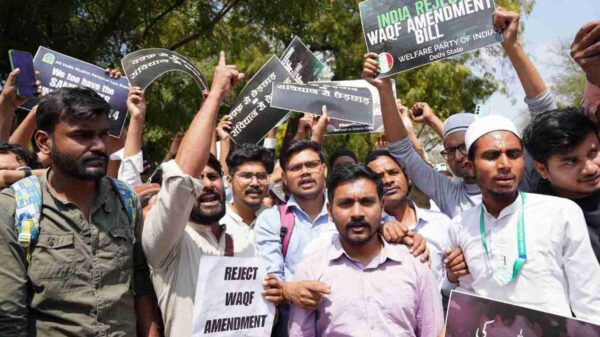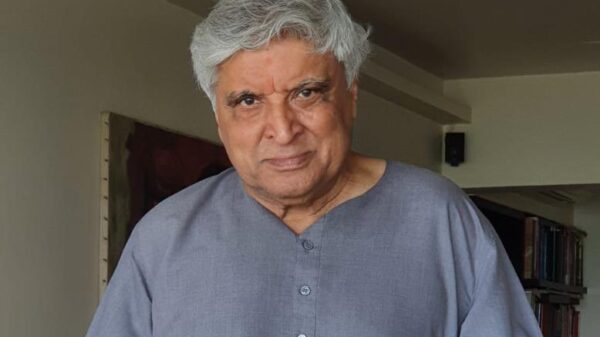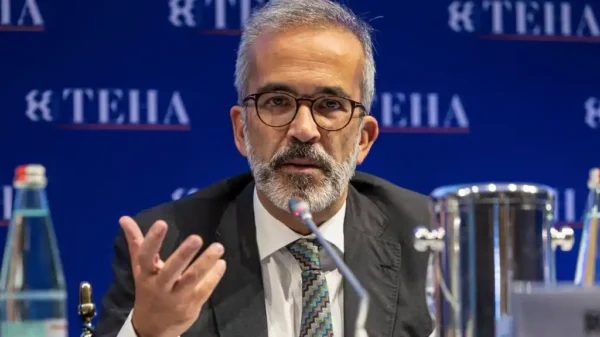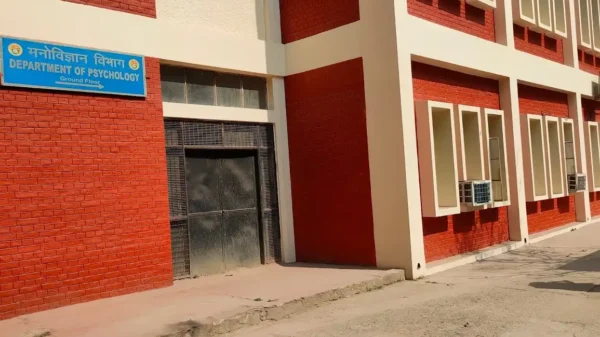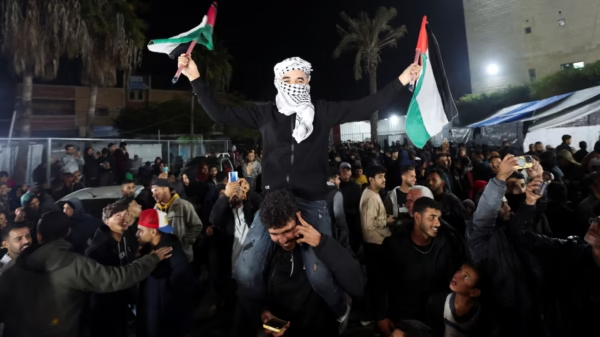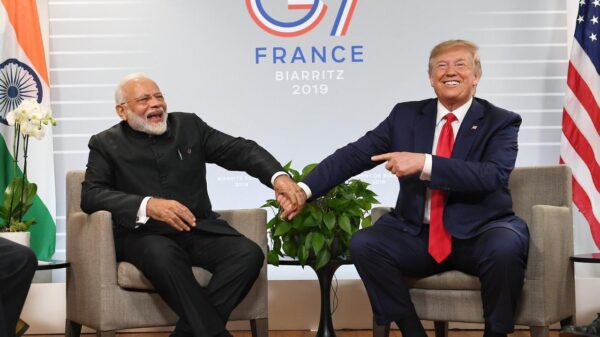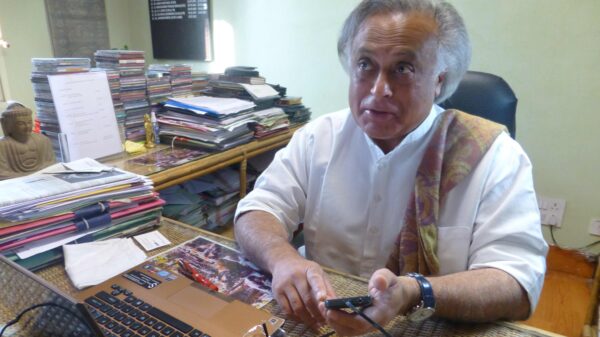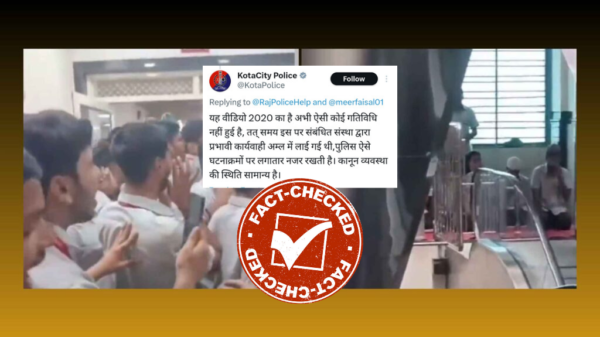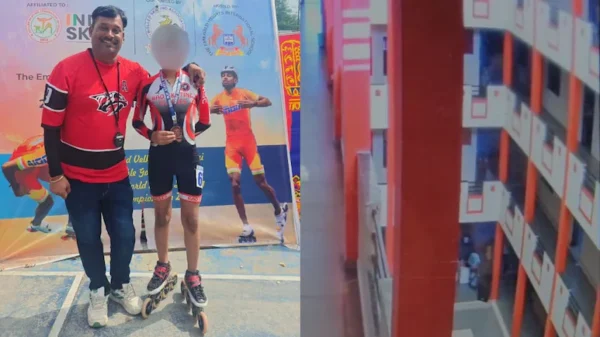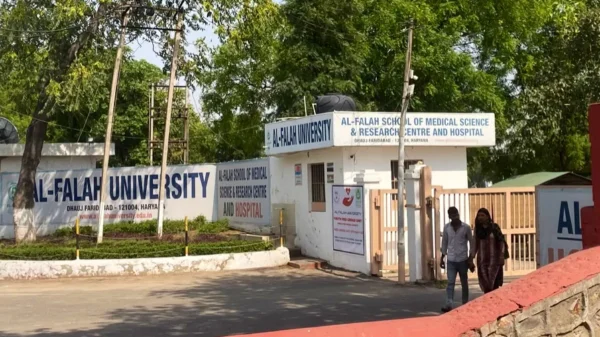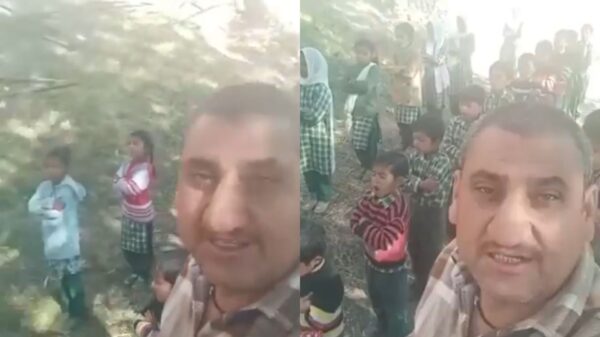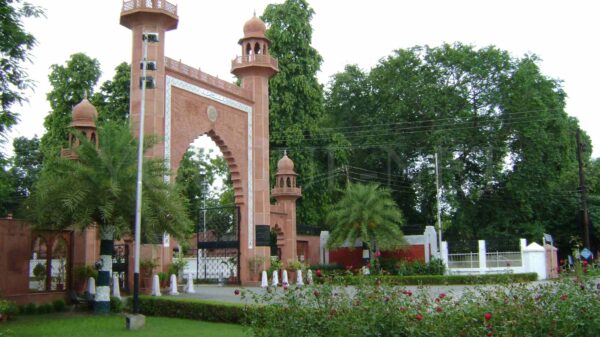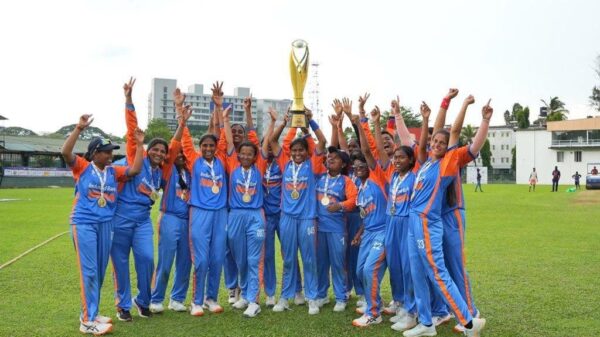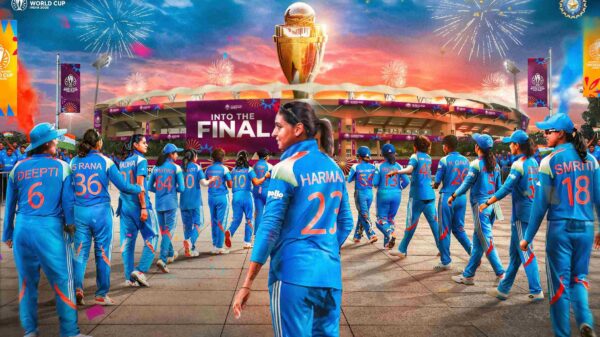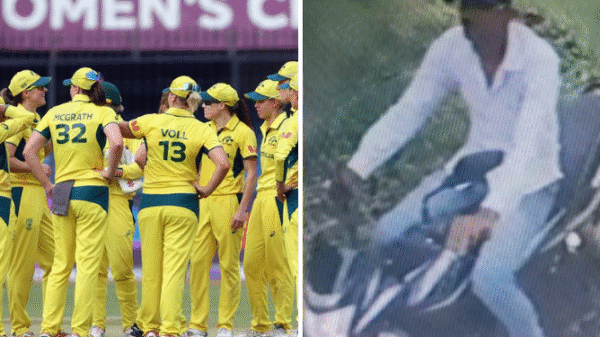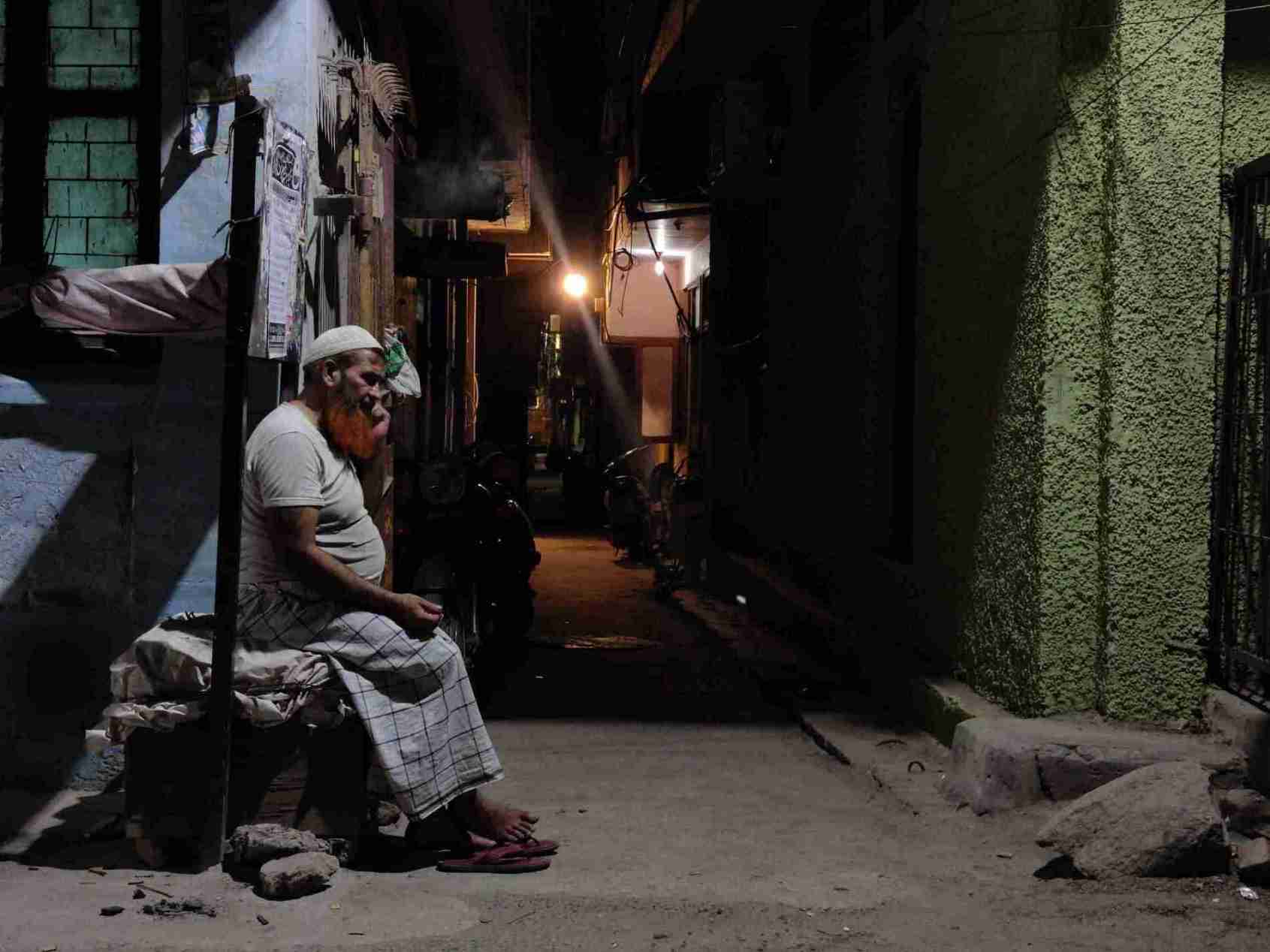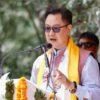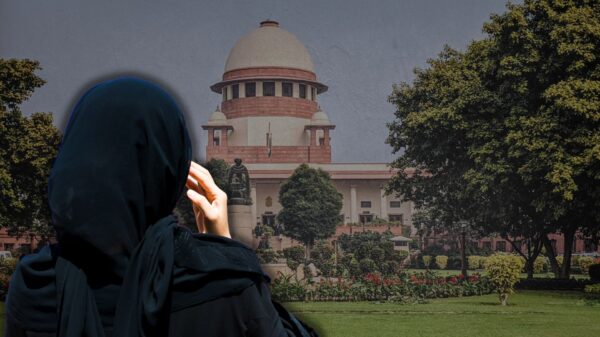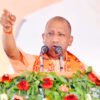Nearly 20 years after the Sachar Committee Report exposed the systemic marginalization of India’s Muslims, a new study, Rethinking Affirmative Action for Muslims in Contemporary India, launched by The Centre for Development Policy & Practice (CDPP), in collaboration with the US-India Policy Institute (USIPI), reiterate these concerns.
The study revisits the entrenched disparities in education, employment, and economic stability while proposing a more nuanced roadmap for affirmative action, signaling the need for a fresh policy direction.
Muslims, being the largest religious minority in India, constitute more than 14% of the country’s population. The study conducted by scholars Hilal Ahmed, Mohd Sanjeer Alam, and Nazima Parveen discovered that Muslim children are the least likely to go on for higher studies, hence their engagement in post-secondary education is the lowest across all socio-religious groups. The number of Muslim graduates continues to be disproportionately small.
Economic poverty is another important problem. Although other socio-religious communities have had upward mobility in the labor market, the report observes that Muslims have gained least. Access to white-collar occupations continues to be especially restricted, with Muslims being behind Hindu forward castes.
The research recognises and admits the disparate economic statuses within the Muslim population, where some are affluent but others remain underprivileged.
The research further promotes exclusive Muslim quotas in education and employment, and encourages area based targeted strategy. This would mean targeted interventions and action in Muslim-concentrated areas and sectors where Muslims are disproportionately represented.
Instead of putting Muslims in a distinct category, the report recommends bringing them into the existing fold of disadvantaged groups.
It urges the “secularization” of Scheduled Caste (SC) reservations and claims that marginalization on a caste basis is not limited to Hindus.
In addition, the study recommends extending the 15% SC quota for education and employment in government to Dalit Muslims and Dalit Christians.
The study also suggests further sub-dividing the 27% quota for Other Backward Classes (OBCs) into “Backward” and “Most Backward” classes to be more inclusive of highly marginalized Muslim groups.
The study also questions the 50% limit on reservations, suggesting its increase to truly include all disadvantageous groups. It stresses the transition from identity-based to “space-centric” interventions, proposing the creation of public infrastructure in Muslim-dominated areas.
In order to address economic exclusion, the report gives more importance to empowering backward Muslim communities than interacting with elite Muslim intellectuals. It suggests sector-based interventions in conventional Muslim-dominated sectors like textile weaving, tailoring, brass and lock-making, carpentry, and leather work. The research recommends upskilling artisans, technical training, and access to resources to improve their livelihoods.
In addition, the report stresses on utilizing current government programs at the district level in an effort to address Muslim marginalization. The report also appeals for opportunities beyond the public sector by engaging the private sector to create employment opportunities for marginalized groups.
The report’s suggestions have been welcomed for their practicality. Political activist-turned-academic Yogendra Yadav called it “the smartest feasible option for the foreseeable future.” But he cautions that with the prevailing political atmosphere, in which the ruling BJP is dependent on anti-Muslim propaganda, these suggestions are unlikely to be implemented. He suggests that for the time being, the report could have to be “a blueprint for future use.
At the same time, in Karnataka, the Congress government has made changes to its public procurement act to give 4% reservation in government contracts to Muslims.








